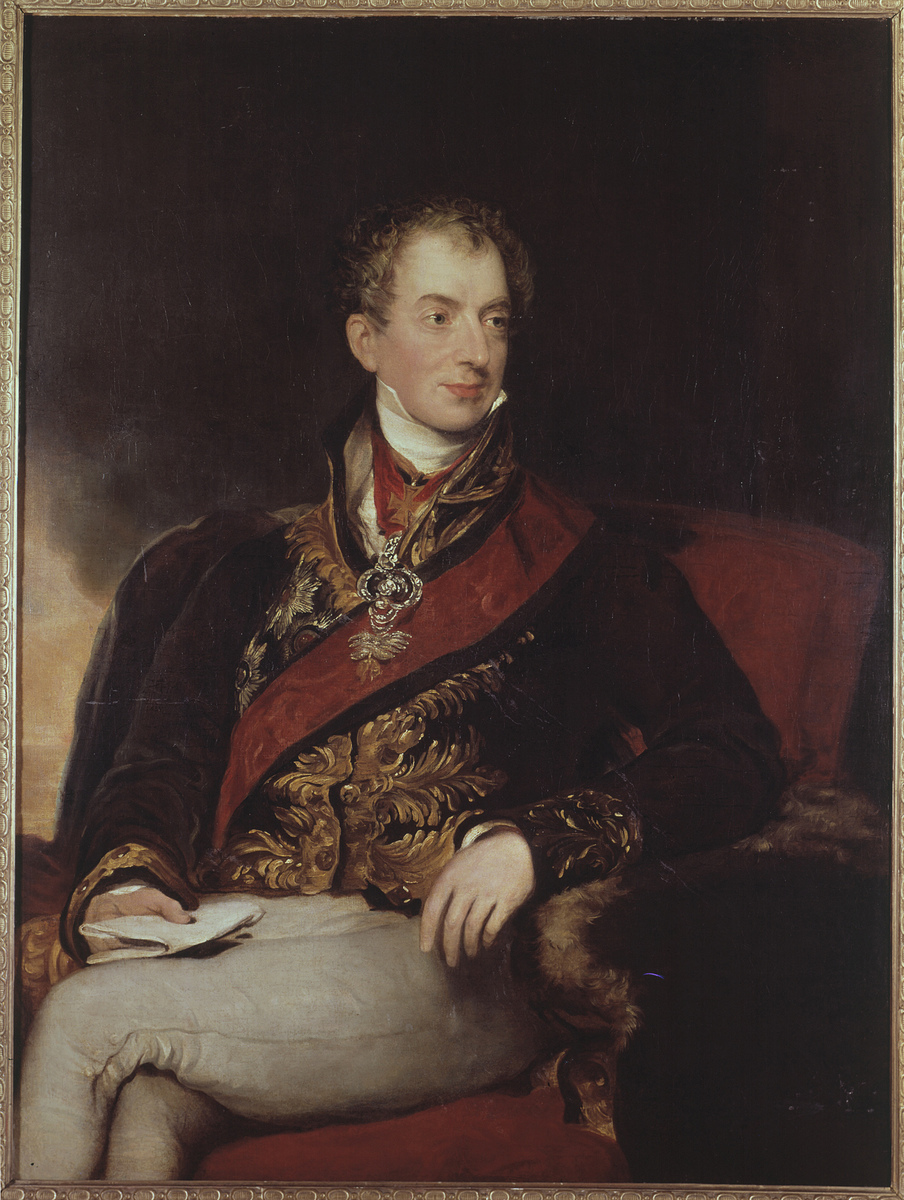Abstract
Prince Clemens Wenzel Lothar von Metternich (1773–1859), shown here
as the suave aristocrat, was the dominant statesman in the German
territories during the first half of the nineteenth century. In 1806, he
was named Austrian ambassador to Paris, where he arranged for Marie
Louise of Austria, the daughter of Emperor Francis I, to marry Napoleon.
The two were wed in 1809, a year after Metternich had been appointed
Austrian foreign minister. The opportune union cemented the political
relationship between Austria and France and brought legitimacy to
Napoleon’s emperorship. It did not, however, prevent Metternich from
playing a decisive role in the overthrow of Napoleon five years later.
After the French defeat in 1815, he headed the
Congress of Vienna. As the leading figure
in the conservative restoration of Europe, Metternich asserted the
supremacy of monarchical government over the liberal and revolutionary
ideas that were taking hold of Europe. Metternich’s tenure as Austrian
foreign minister lasted thirty-nine years. He was forced to resign on
March 13, 1848, amidst the heat of the March
Revolution sweeping through the German Confederation. Portrait by
Sir Thomas Lawrence (1769–1830), c. 1815.
